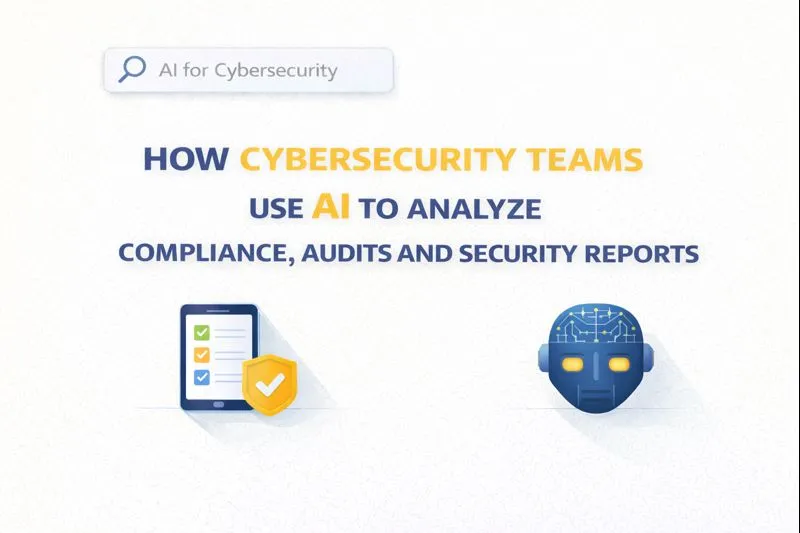Serverless Architecture for Scalable SaaS Growth
TL;DR
Understanding Serverless Architecture: The Basics
Serverless is kinda a buzzword, right? But what does it really mean? Think of it this way: you build your app, but you don't have to sweat the servers.
Here's the lowdown:
- No server management: You don't provision, patch, or manage servers. The cloud provider handles it all.
- faas (Function as a Service): Code runs in functions triggered by events.
- Key concepts:
- Invocations: These are basically just single times your function runs. Every time a user action or an event happens that needs your code, that's an invocation. For a SaaS app, this could be a user signing up, a report being generated, or a payment being processed. Too many invocations, especially if they're slow, can really impact user experience.
- Cold Starts: This is when your function hasn't been used in a while and the cloud provider has to spin up a new instance for it. It's like waking up a sleeping computer – there's a delay. In a SaaS context, this means the first user to hit a particular feature after a period of inactivity might experience a noticeable lag. Imagine a user clicking a button to generate a complex report, and instead of it appearing instantly, there's a few seconds of waiting. That's a cold start, and it can make your app feel sluggish, especially if it happens frequently.
- Timeouts: This is the maximum amount of time your function is allowed to run before it's automatically stopped. If your function takes too long to complete, it'll just get cut off. For SaaS growth, this is crucial because long-running processes can tie up resources and lead to a poor user experience. If a function meant to process user data times out, that user might not get the results they expect, leading to frustration and potentially lost business.
Serverless lets you focus on code, not infrastructure headaches. Next up, we'll dive into how serverless stacks up against traditional setups.
How Serverless Powers SaaS Growth
Serverless is more than just a trend; it's seriously changing how SaaS companies grow. I mean, who doesn't want faster expansion without all the server headaches?
Here's how serverless helps SaaS explode:
- Scalability and Elasticity: Serverless platforms automatically adjust resources based on demand. (Auto Scaling For Serverless Computing - Meegle) Think of a retail SaaS platform handling black friday surges without breaking a sweat. Serverless SaaS maximizes efficiency in multi-tenant environments.
- Cost Optimization: You only pay for what you use. ("you only pay for what you need?" : r/Insurance - Reddit) No more wasting money on idle servers - which is awesome for startups!
- Reduced Overhead: Cloud providers handle server management, letting your team focus on innovation.
Basically, serverless lets you innovate faster. According to Datadog, it eliminates the need for server management.
Beyond core functionality, serverless also offers powerful capabilities for optimizing customer acquisition and engagement, such as through programmatic seo.
pSEO and Programmatic SEO with Serverless
Okay, so you wanna use serverless for pSEO? It's actually kinda cool. Imagine this: thousands of landing pages, all created automatically.
Here's the gist:
- Dynamic Landing Pages: Use serverless functions to spin up seo-optimized pages based on keywords. Think of an e-commerce site generating pages for every product variation like "red cotton shirt size medium". These pages are tailored to specific search queries, making them highly relevant.
- Automated Content: Automatically create content tailored to what users are searching for. A healthcare company could generate pages answering specific medical questions.
- Improved Rankings: Dynamic content helps search engines find you easier. More relevant content equals better visibility, right? When search engines like Google crawl your site, they're looking for fresh, relevant content that directly answers user queries. Serverless functions can generate these pages on demand, ensuring that your content is always up-to-date and perfectly matches the search terms users are typing. This can lead to higher rankings because search engines perceive your site as a more authoritative and useful resource compared to static sites that might not be as granularly targeted.
Serverless really lets you scale content efforts like crazy. Next, we'll see how to make it personal.
Security Considerations in Serverless SaaS
Worried about security with serverless? You should be! It's not quite the same as traditional setups.
Here's the deal:
- Understand the shared responsibility model. You handle code security; the provider handles the infrastructure.
- Implement strong authentication. Think multi-factor authentication, cause passwords ain't enough.
- Secure your api gateways. They're the front door, after all, and needs to be locked!
Next, let's explore some practical ways to implement serverless in real-world SaaS scenarios.
Real-World Examples of Scalable SaaS with Serverless
Serverless isn't just theory; it's powering some serious SaaS applications out there. Let's look at how real companies are using it.
- CRM Platforms: Imagine a crm platform handling millions of api requests without breaking a sweat. Serverless allows them to automate workflows and process data in real-time, ensuring a smooth user experience.
- E-commerce Platforms: Think about those crazy flash sales; serverless helps e-commerce platforms manage product catalogs, track inventory, and handle peak traffic without crashing. Customers get a seamless, responsive experience, no matter how many people are shopping.
Here's a simple diagram to show how serverless helps with scalability:
Serverless really shines when it comes to handling unpredictable loads. Now, let's dive into cost management.
Tools and Technologies for Serverless SaaS
So, you're going serverless, huh? That's awesome! But what tools do you actually need?
Here's the lowdown on what's gonna make your life easier:
- Key Serverless Frameworks: Think of these as your construction crew. Frameworks like the Serverless Framework--yep, that's the name!--AWS sam, and terraform helps you deploy and manage serverless apps without pulling your hair out; it really simplifies things.
- Monitoring and Debugging Tools: You gotta know what's going on, right? Tools like datadog, aws cloudwatch, and others let you track function performance, spot bottlenecks, and troubleshoot issues, so your app doesn't fall over when you aren't looking.
Imagine a healthcare SaaS company; they use serverless framework to automate infrastructure provisioning. It's like having a robot build your lego castle instead of doing it yourself.
Next up, let's dive into cost management and optimization, because who doesn't want to save a few bucks?
Conclusion: Embracing Serverless for Future SaaS Growth
Serverless is the future, right? But is it right now for your SaaS?
- Serverless offers scalability and cost savings, letting you pay only for what you use. Perfect for those unpredictable SaaS workloads.
- It also reduces operational headaches, so you can focus on actually building your product.
- Think about the innovation potential! More time coding, less time managing servers.
So, ready to jump in and unlock that sweet, sweet growth? Consider starting with a small, non-critical component of your SaaS application to gain experience.





